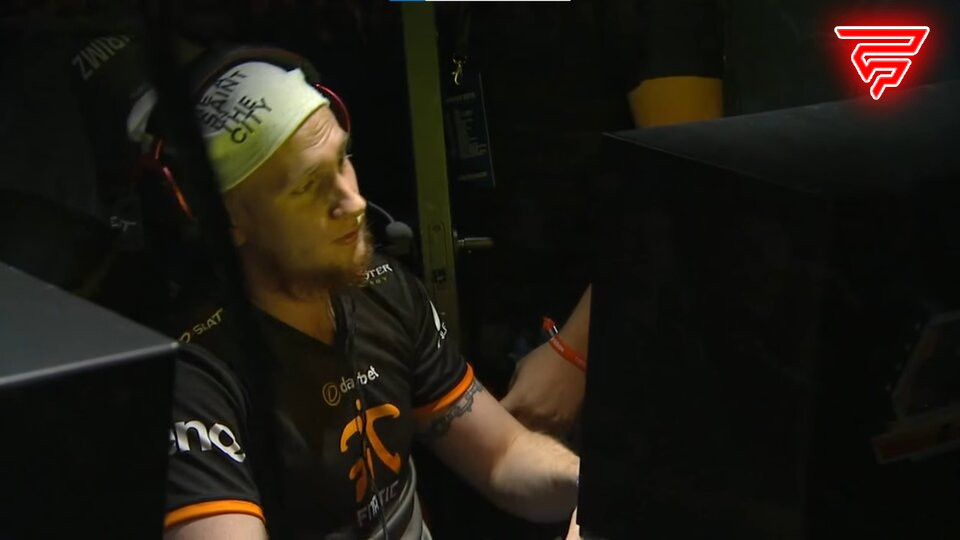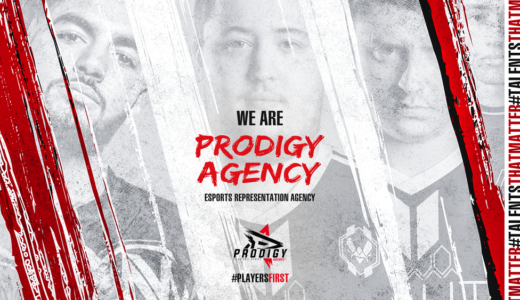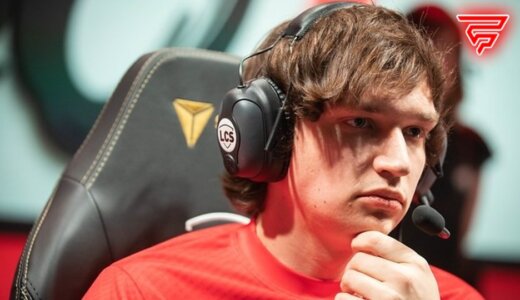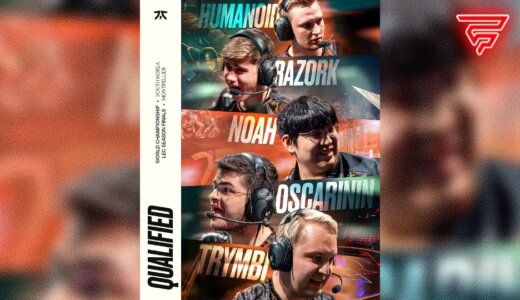This is one of esports’ saddest recurring themes: a famous player getting an arm injury and having to take a prolonged break.
Fnatic’s Freddy “KRIMZ” Johansson recently announced that he had been playing CS:GO with a painful injury in one of his arms and that he will need to take a prolonged break that could possibly last until late 2023.
This is bad news for Fnatic, who has only begun to rise to the top again. At IEM Rio Major, the Swedish team finished fifth-eight and proved to the world that they’re not a remnant of the game’s past.
The impact of losing KRIMZ
KRIMZ was a huge player for Fnatic and his experience will be hard to replace. He’s been competing for the organization for six years and knows everything about it. At 28, he’s the oldest member of Fnatic.
We don’t know yet who will replace KRIMZ but at Elisa Masters Espoo, the team has played with a stand-in from Fnatic Rising, Peppe “Peppzor” Borak. The 20-year-old did better than expected and as a result, Fnatic won their group.
Hopefully, they’ll win the semifinal as well and compete in the Grand Final. This would be a huge confidence boost for the squad. After losing a player as important as KRIMZ, it’s probably hard not to feel like you’re competing with a handicap.
Hand injury..🙁
Got a nerve thats pinched in my hand thats causing a muscle to not repair itself and its creating some fluid underneath aswell.
Ill be off resting for abit will update you with how it goes when i get some more news!
Thanks for understanding and for your support! pic.twitter.com/lgSBZMgVAk— Freddy Johansson (@Krimz) November 16, 2022
Arm injuries in esports
KRIMZ is not the first player to injure his arm. His former colleague, Olof “olofmeister” Kajbjer, had a similar problem. In April 2016, he temporarily quit CS:GO because of a wrist injury, but then he came back, joined FaZe Clan, and won several important trophies.
In other esports, such as Dota 2, we’ve seen the same thing happen several times. Names like Clinton “Fear” Loomis and Kuro “KuroKy” Takhasomi had to take prolonged breaks after injuring their arms.
Tomorrow we’re back to compete in the @OGADotaPIT!
Unfortunately, @NigmaKuroKy won’t be able to play because he’s undergoing physical therapy due to an arm injury. Instead, @rmN_dota will be standing in for him.
We wish Kuro a speedy recovery💪#StarsAlign pic.twitter.com/EtHFmDmBdb
— Nigma Galaxy (@NigmaGalaxy) July 26, 2020
It seems that esports athletes could benefit from a bit of guidance when it comes to preserving their physical health while playing for 10-12 hours a day. Nobody wants to admit it but intensive training sessions can leave a serious impact on you if you do the same thing almost every day for many years.
In traditional sports, people train for 4-6 hours per day. In esports, 4-6 hours a day is almost nothing. Many players spend twice as much time training individually and with their teams. And that puts a lot of stress on the arms and the back.
Header: DreamHack







